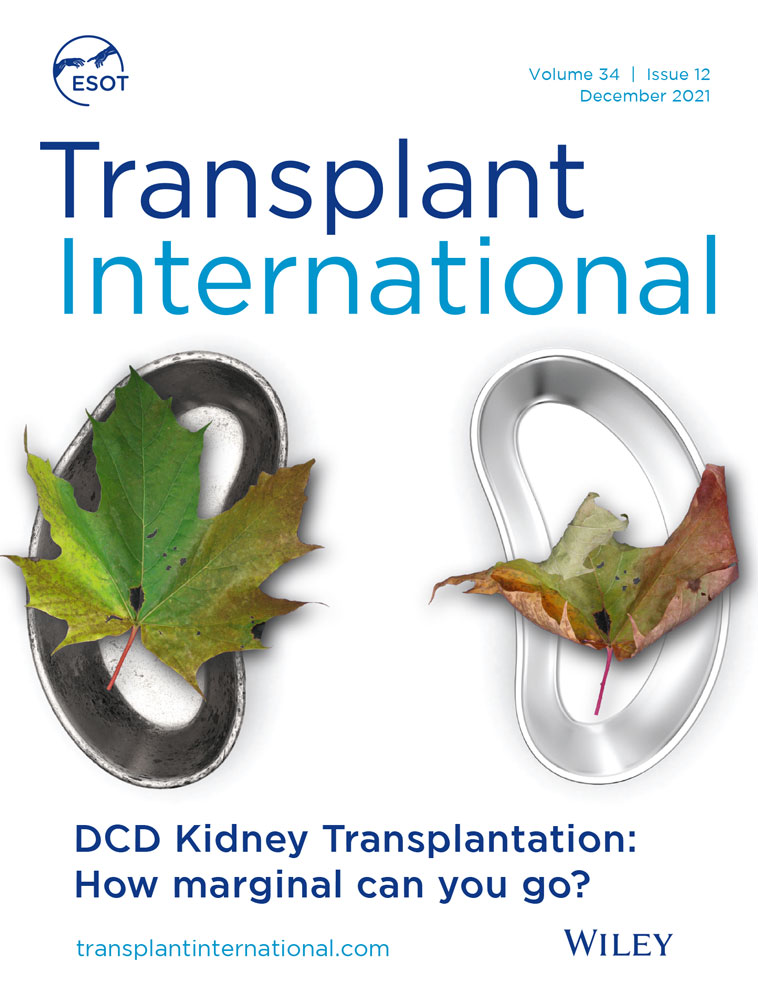Pancreatic juice cytology for monitoring pancreatic grafts in the early postoperative period
Abstract
Abstract. Thirty-one pancreas transplant recipients were monitored by pancreatic juice cytology in the early postoperative period. An increase in the total amount of cells and, in particular, signs of immunoactivation with the appearance of two or more blast-transformed cells per specimen were taken as evidence of acute rejection. According to these criteria a total of 38 rejection episodes were diagnosed. The first positive cytology appeared after 9 days (mean) and lasted for 2 days (mean). Immunocyto-chemical analysis of the juice showed increased amounts of CD3 + cells during rejection. When rejection occurred during prophylaxis with antithymocyte globulin, neutrophils were preponderant in the pancreatic juice while during OKT-3 prophylaxis a high percentage of monocytes was a characteristic finding. Antirejection treatment was started when the cytology became positive and all rejection episodes except one were reversed. A decrease in the pancreatic juice amylase activity occurred in 66% of the rejection episodes, but in only 5 of the 38 episodes was the decrease highly significant. No correlation was found between graft rejection and volume excretion of pancreatic juice. There were no persistent or characteristic changes in serum amylase or peripheral white blood cell count at the time of rejection. Graft pancreatitis was diagnosed cytologically in 7 patients, in 5 of whom the grafts were eventually lost.




